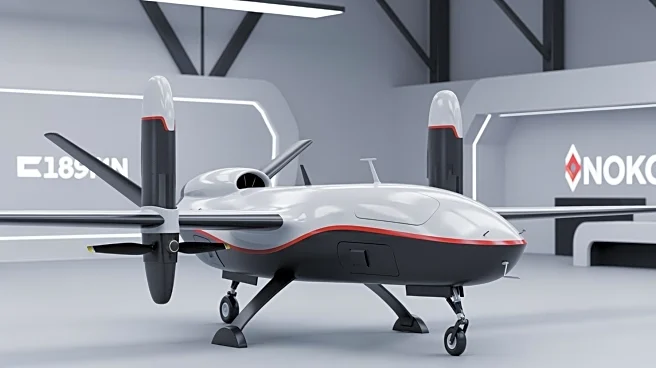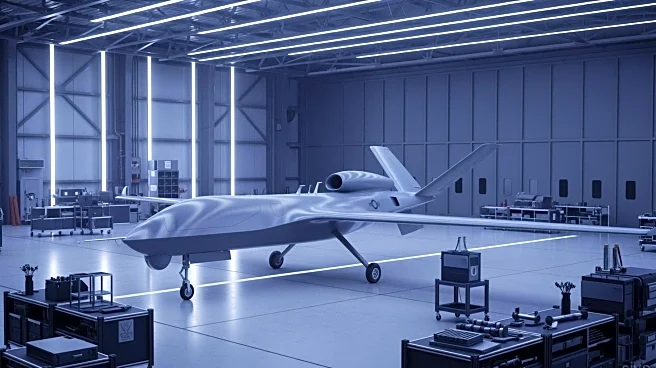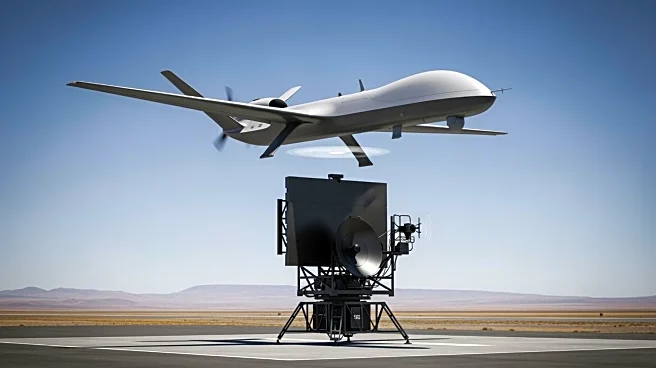What's Happening?
General Atomics Aeronautical Systems, Inc. (GA-ASI) has entered into a partnership with South Korean company Hanwha Aerospace to develop the Gray Eagle Short Takeoff and Landing (GE STOL) unmanned aircraft
system (UAS). This collaboration marks a new phase in U.S.-Korea defense cooperation, focusing on delivering next-generation, runway-independent UAS solutions. The agreement includes co-development and co-production, with the maiden flight scheduled for 2027 and first customer deliveries in 2028. The GE STOL aims to offer true runway independence, operating from semi-improved surfaces, enhancing operational flexibility.
Why It's Important?
The partnership between GA-ASI and Hanwha Aerospace signifies a strategic investment in UAS technology, potentially transforming defense capabilities for both the U.S. and South Korea. By leveraging the trusted Gray Eagle foundation, the collaboration aims to provide a low-risk, cost-effective solution for global customers. This development could impact U.S. defense policy, fostering innovation and strengthening international alliances. The focus on runway independence and modular systems may set new standards in UAS operations, influencing future military strategies and procurement decisions.
What's Next?
The co-development program is set to begin immediately, with a production facility established in South Korea for final assembly. GA-ASI will continue producing other Gray Eagle models in San Diego. The partnership is expected to create jobs and foster talent in related fields, contributing to the UAS industry ecosystem in South Korea. As the project progresses, both companies will likely explore additional applications and markets for the GE STOL, potentially expanding its operational scope and customer base.
Beyond the Headlines
The collaboration between GA-ASI and Hanwha Aerospace highlights the growing importance of international partnerships in defense technology development. Ethical considerations regarding the use of UAS in military operations may arise, prompting discussions on regulations and oversight. The focus on runway independence could lead to broader applications beyond military use, influencing commercial and humanitarian sectors.













